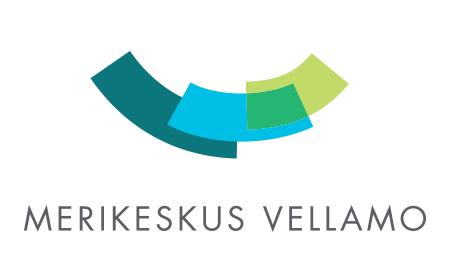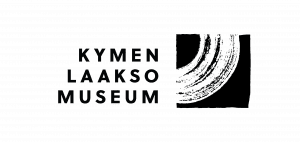Museum vessels
“All the exhibitions were interesting for both adults and children. The museum ships were also definitely worth the trip.“
The vessels Tarmo, Kemi and Telkkä at the quay of Maritime Centre Vellamo are open during the summer. The icebreaker Tarmo, the lightship Kemi and the patrol vessel Telkkä can be accessed with a joint ticket, which you can purchase from Vellamo’s the ticket office. Opening hours and admission fees are available here.
Museum ships can be explored independently by following the marked route and there are also guides present on all ships.
Please note that the museum ships are not accessible but contain stairs and are cramped at places.
Icebreaker Tarmo
The steam-powered icebreaker Tarmo is a dream destination for adventurers of all ages, because you can tour it from the bridge to the exciting engine room.
Tarmo, built in 1907, became crucial when the previous icebreakers were not enough to keep the waterways open in the winter. One of Tarmo’s feats was in the 1930s when it saved 230 fishermen and 125 horses from drifting ice floes.
Tarmo was used in both world wars and it was bombed in the Port of Kotka. After Tarmo was retired, it embarked on a new career as a museum ship.
Tarmo can also be explored on a 360-degree virtual tour that provides information about the ship’s facilities, history and the daily life of its crew. The Tarmo virtual tour can be accessed here (in Finnish and English).
More information about the ship is available on the exhibition page.
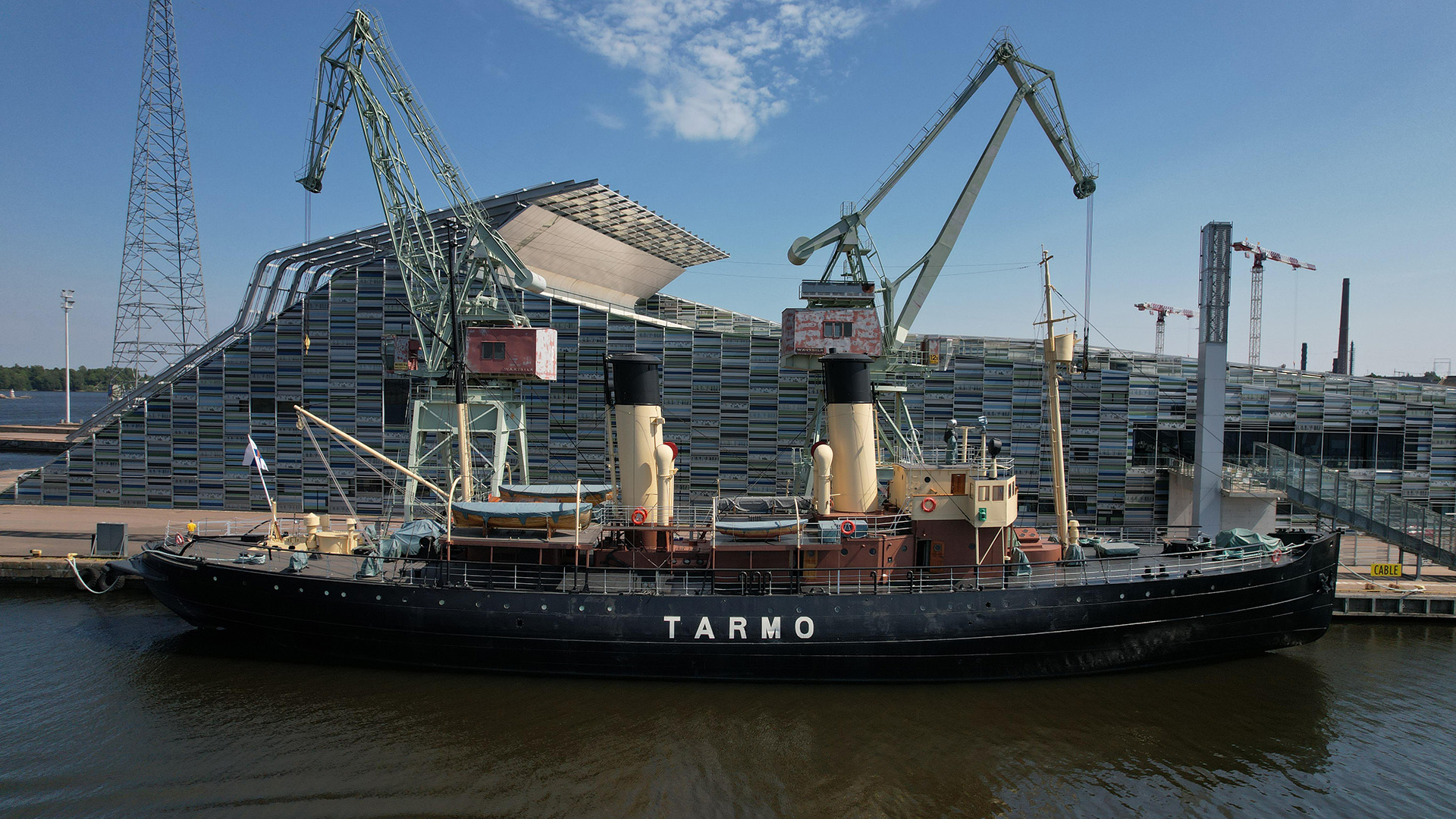
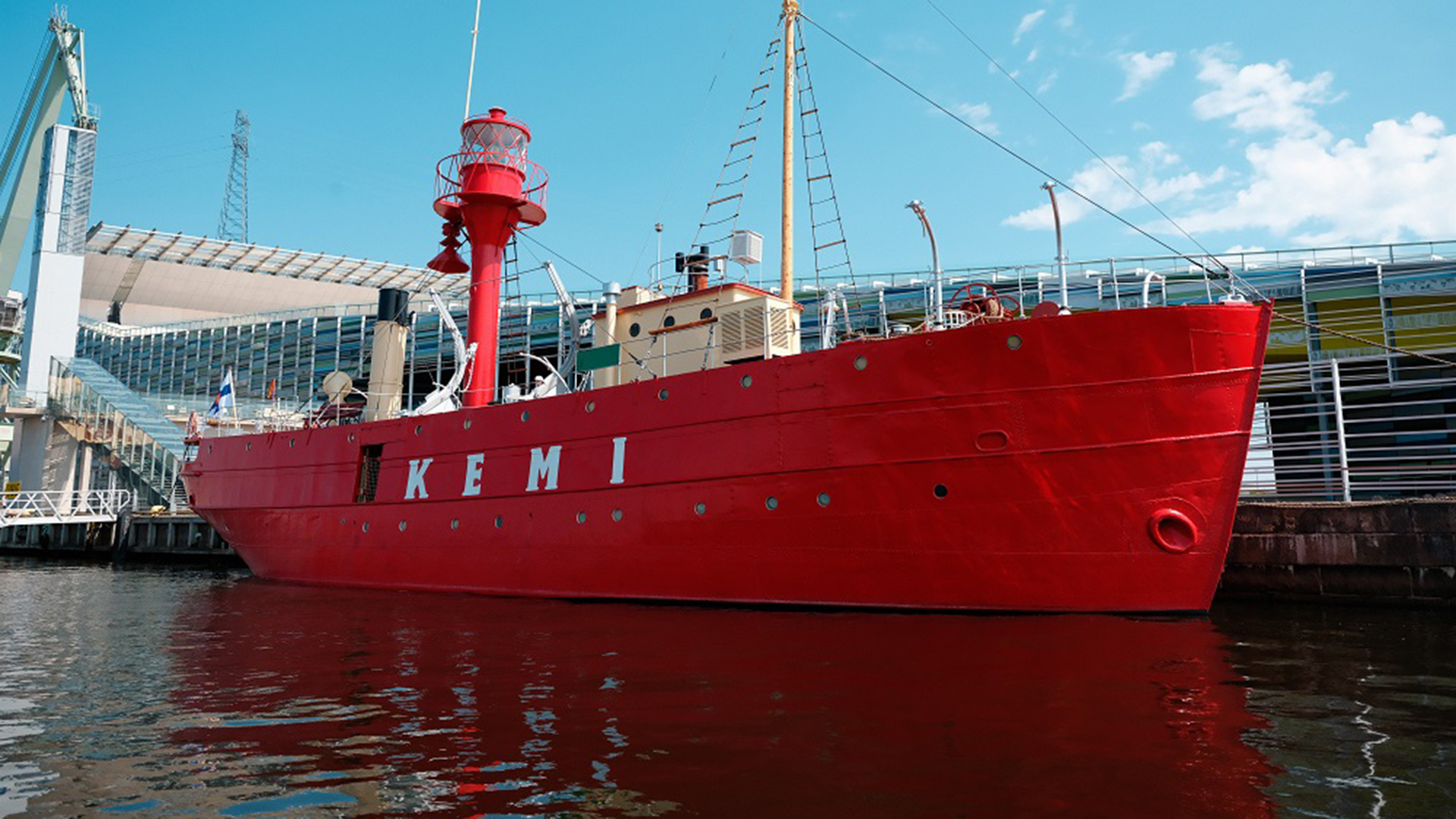
Lightship Kemi
The summery Kemi offers a window to the slower pace of life of the 1960s.
The vibrantly red Kemi, built in 1901, was a unique workplace where the crew worked and lived almost uninterruptedly from spring to late autumn, rocking on the waves. On board the ship you can learn about the work and leisure time of the people who worked and lived on the ship through the summer.
Lighthouses and lightships show the safest way to a harbour. Lightships were needed in places where no lighthouse could be built. After the introduction of lighthouses founded directly on the seabed, lightships gradually became obsolete. The light of our hard-working red ship shone on the waves off the city of Kemi until 1974.
More information about the ship is available on the exhibition page.
Patrol vessel Telkkä
The small ship was more than just a workplace – she was her crew’s second home and family.
The Telkkä guarded Finnish waters, shuttled around the archipelago, and helped people in distress. She also operated as a coastguard training ship and returned to coastguard duties under the Estonian flag.
The cook would cross the deck with a basket in hand to get to the refrigerator in the aft hold. In high winds, he had to ask for the ship to be turned headwind and be slowed down. Otherwise he might have fallen overboard.
The heart of the mess was the dining table, where the crew and officers would eat together. During their leisure time, they would play cards at the table.
Berth quarters were small. The air was stale because the ceiling hatch needed to be closed while the ship was underway. Before their turn on watch, crew members tried to get some sleep while the others relaxed in the mess on the other side of the curtain.
More information about the ship is available on the exhibition page.
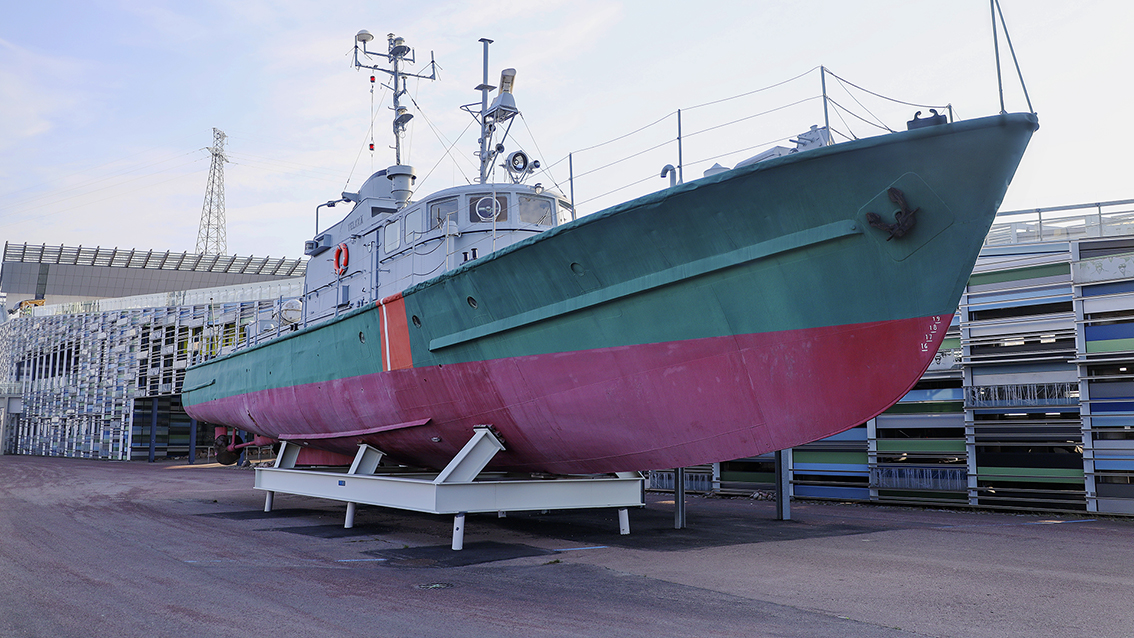
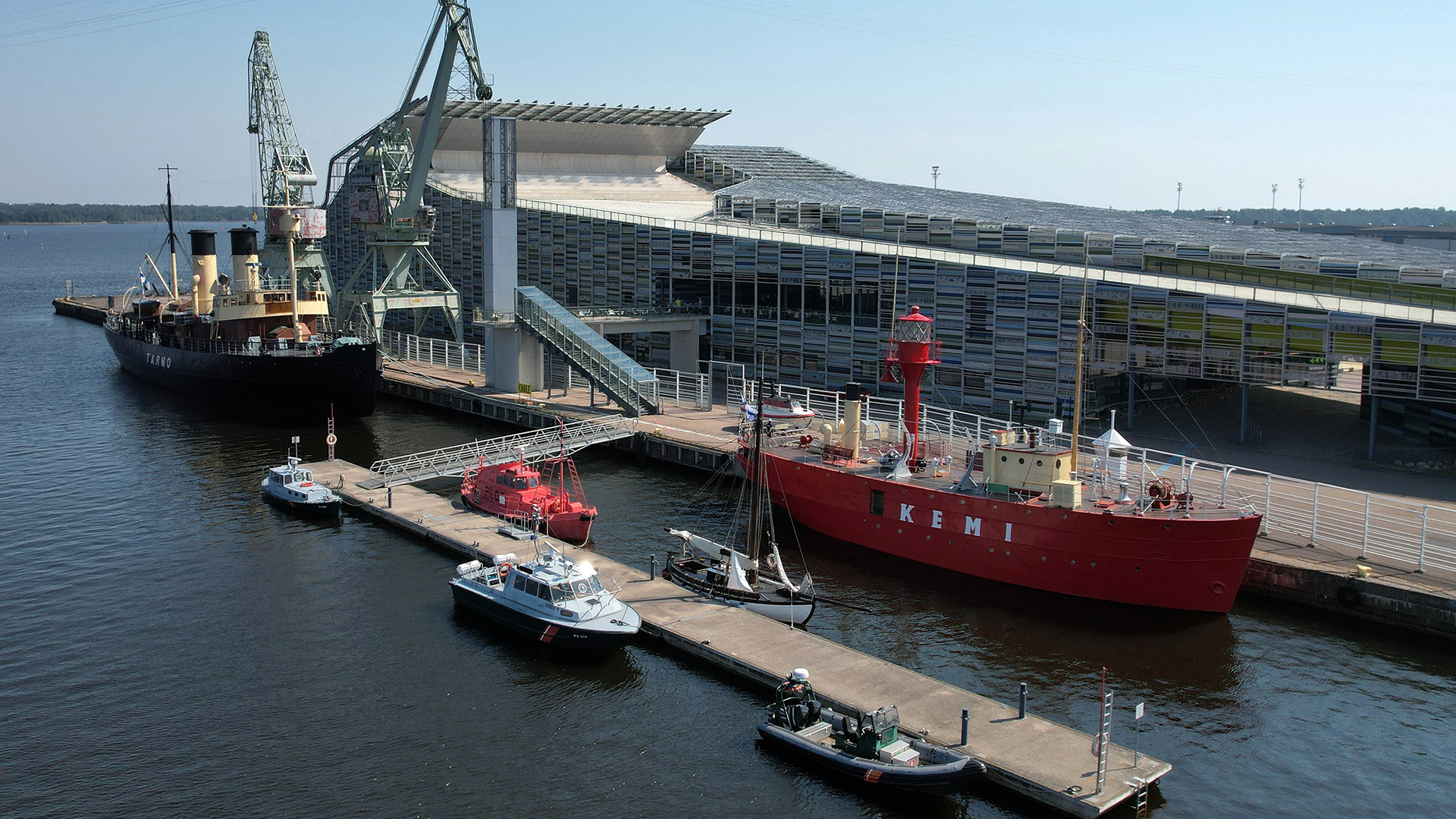
Other
The museum pier of Maritime Centre Vellamo is the home of pilot cutters Pitkäpaasi (1898) and L-102 (1963) as well as the coastguard vessels AV 5104 (1937), RV 125 (1961), PV 210 (1984) and NV 01 (1990). The yard area of the museum houses the dory boat Hulda which served along a rescue cruiser and the HM-71, a fireboat of the Helsinki Rescue Department.
Pilot cutters Pitkäpaasi and L-102
Pitkäpaasi, which still sails, was designed by the legendary Colin Archer. Pitkäpaasi returned to Finland in 2000 after having sailed the seas of the world for 66 years.
The L-102 is a steel-framed pilot cutter that has been used in Orrengrund and Puumala. The vessel was transferred to the Vellamo museum pier directly from official use in summer 2013.
Coast guard vessels AV 5104, RV 125, PV 210 and NV 01
The AV 5104 was used in the Finnish Archipelago Sea and the Gulf of Bothnia and, later on, on inland waters along the eastern border of Finland. The RVs that could sail through icy waters showed their worth when they acted as the lifeline in the archipelago during the isolation period.
The PVs were one of the most important tools and means of transport of the open water season for almost thirty years. The shallow, fast and agile NVs were perfect for monitoring water traffic and carrying out rescue missions.
Hulda and the HM-71 in the yard area
You can also find more information about our summertime attraction the Svensksund Pavilion.
